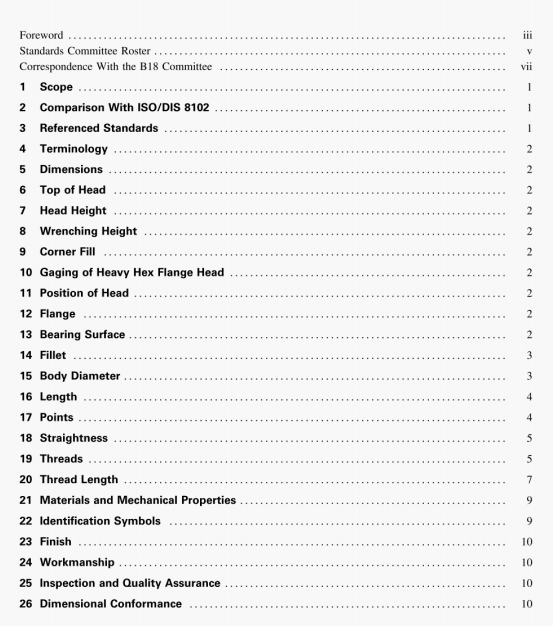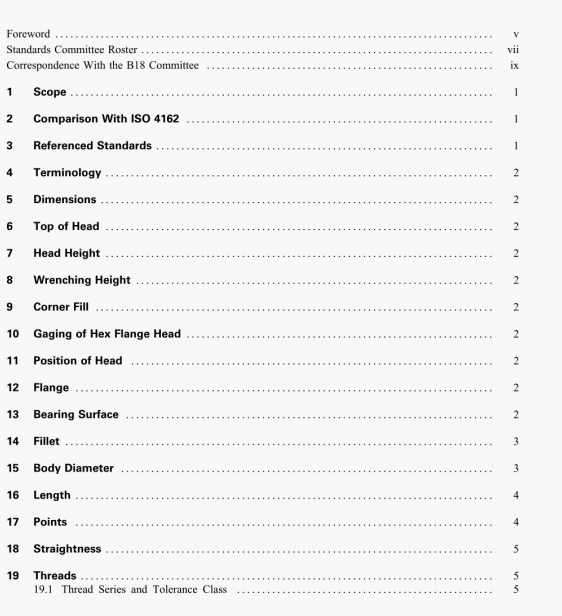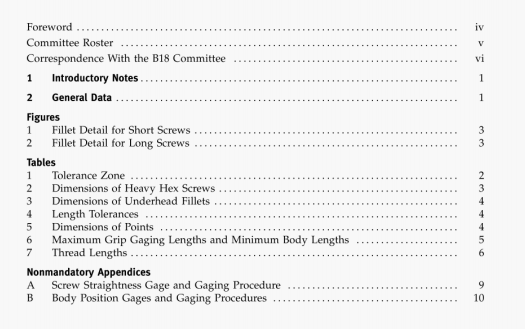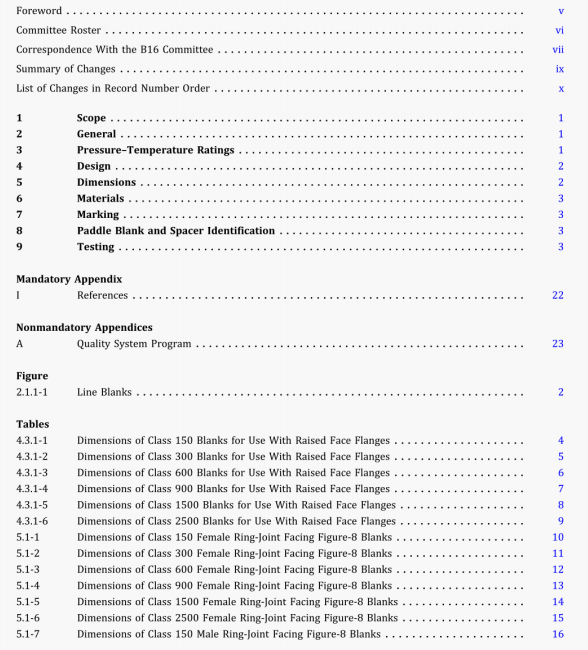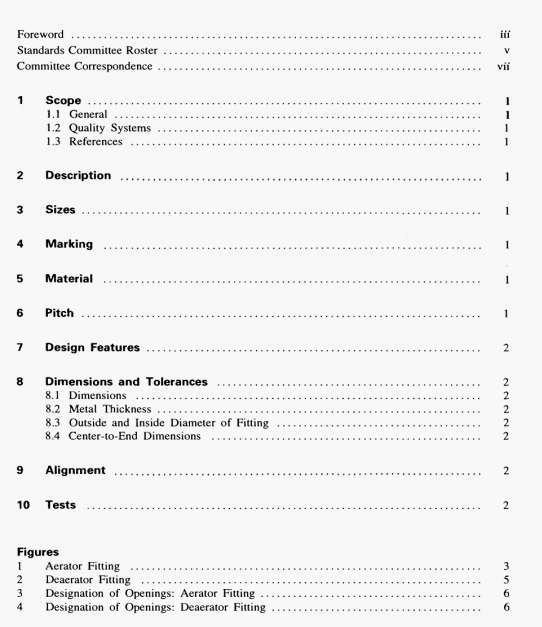Abstract: ASME Y14.37:2019 pdf download.Product Definition for Composite Parts. (c) Each shall have a geometric representation defining a region orarea of the part. The geometric representation shall use supplemental geometry or bounded region. The s...
ASME Y14.37:2019 pdf download.Product Definition for Composite Parts.
(c) Each shall have a geometric representation defining a region orarea of the part. The geometric representation shall use
supplemental geometry or bounded region. The supplemental geometry shall be grouped together.
(d) Each LLAI shall have apprapriate requirements associated to It via attributes. notes. annotations. GD&T, or assodated documents (see para. 6.4.1).
(e,) Each LLAI shall specify the specific entity or entities to which it applies [e.g., part(s), ply table(s), ply level(s), ply(s). core(s), or materlal(s)J.
(f) Each LLAI shall be shown in at least one saved view or presentation state.
6.4.1 Composite LLAI Types. The following list of LLAI types represents commonly used composite product definition elements.
Absence of a specific LL.Al type should not be considered as noncoinphance to this Standard.
Recommended minimum specifications and attributes per LLAI type are as follows:
(a) Overlap Splice Area. Specify the overlap direction, overlap width. stagger distance between splices, and number of ply levels
between repeated splice locations.
(b) Butt Splice Area, Specify the minimum gap, maximum gap, stagger distance between splices, and number 0 ply levels between
repeated splice locations.
(c) No Splice Area. Specify local areas of the part, specific ply levels, orientations, and/or materials that may not be spliced.
(d) Fiber Orientation Angle Tolerance Deviation Area. Specify the allowed angular deviation (e.g., ±100).
(e) Surface Porosity Allowance Area. Specify the allowed void size, density, and spacing between voids. (0 Ply Drop-Off Stay Out
Area (e.g., Faying Area, Interface Area). Specify flatness, surface roughness, or other specific surface profile tolerance requirements.
(g) Surface Preparation Area (e.g., Secondary Bonding. Electrical Grounding. Sacrificial Machining). Specify surface preparation
processes and attributes required to meet secondary bonding, electrical conductivity, or mating condition requirements.
(h) Potting Area (Volume, Bounded Region). Specify potting material. processing, and fabrication tolerances.
(i) Darting Area. Define dart shape, locations, and types. Define any regions where darting is not allowed.
(j) Perforation Area. Specify hole size, shape, and pattern.
(k) Ply Wrinkle Allowance Area, Specify allowed amplitude and magnitude of ply wrinkles (e.g., height and length)
(l) Stitching Area. Specify thread material, seam type, stitch type, and stitch density per ASTM D6193.
Recommended:
ASME Y14.1-2020 pdf download ASME A112.1.2:2012 pdf download ASME 14414:2015 pdf download ASME 30.9:2021 pdf download